New vintages and old grapes from the heel of Italy: Puglia
“Apulia Best Wine” took place on June 12-17 in Apulia, or Puglia, with around 50 wine journalists from twenty different countries invited to taste the new vintages, the primeurs, of the wines made from the local grape varieties: negroamaro, primitivo, and nero di troia. During the five days some 250 wines were tasted, made by twenty six different producers. It was all organised by “Apulia Best Wine” a consortium started by seven producers to market the wines from Apulia. The whole tasting was coordinated by the Italian wine guide Gambero Rosso. BKWine’s Åsa Johansson was there as one of the few Scandinavian tasters and reports on the event.
When the assembled journalists had done their work and pronounced their opinions the result was that the 2011 wines (that will be available on the market next year) was of high quality. On a 100 point scale the score was 85.5 for nero di troia, 86 for negroamaro and the “winner”, primitivo, reached 86.5 points.
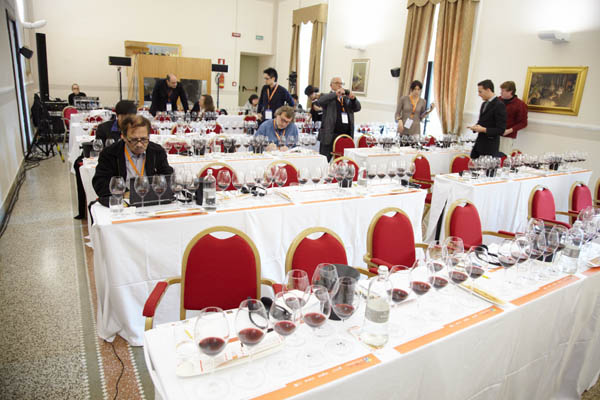
Apulia, Paradise for the hedonist
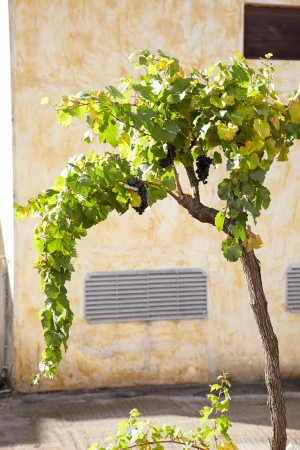
Apulia (Puglia) is one of the few regions in Italy that does not have the Apennines as an inland spine. The landscape is flat and fertile with vast agricultural plains. You can see almost everywhere the vegetables and other crops growing in the red soil.
The fields are occasionally broken off by olive groves with threes that have thick and heavy twirling trunks and green heads. The olive trees have over the centuries given kindly of their crop to the inhabitants and the soft and silky olive oil is produced everywhere here.
There are vineyards with long rows of vines, or the bush-like alberello (gobelet) pruning that fight courageously to protect its fruit against the heat.
On the east side the Adriatic Sea and on the west side the Ionic Sea tempers the otherwise very hot climate with cooler winds that blow inland.
Greeks, Romans, Spaniards and Normans have been here in Apulia and all of them have left traces in the form of art, architecture, customs and exciting food. Apulia is a fantastic mix of southern and northern, of sea and land, of sweet and salty. Quite simply a Paradise, or a Mecca for those who like the best in life.
[divider_flat]
From wine rail-road to own production
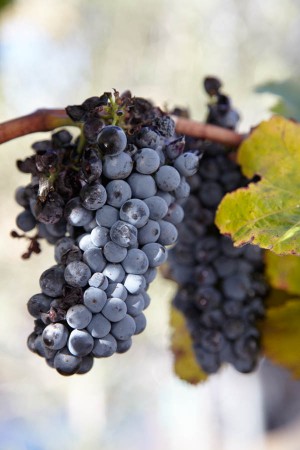
Wine has of course been made here, just like in the rest of Italy, since time immemorial. Over time nature and man has selected the grape varieties that are best adapted to the Apulian soil and climate.
It is mostly red grapes one sees here. Primitivo and negroamaro are the most famous ones. Nero di troia is not quite as well known and is often cited in third place (just like here) but has recently started to catch up with some very good wines.
All grape these varieties give wines that traditionally are concentrated, full bodied wines high in alcohol. It is not uncommon to find wines above 15%. If they achieve the sugar concentration with drying in Veneto for their amarones and Recioto de Valpolicellas in the north east here in Apulia it is the sun that does the job.
Until quite recently it was very unusual for wine producers to bottle their own wines in Apulia. Often the grapes were sold, especially the negroamaro and primitivo, to large co-operatives.
The co-operatives are still important here. Wine was sold and bought in bulk and large quantities were sent north on “the wine rail-road” up to northern Italy. The wines from Puglia and southern Italy was sometimes used as a reinforcing helping hand to the wines in the northern parts of the Italian boot, wines that had the opposite problems: cold climate, high acidity, and low in alcohol.
A lot of rosés
In a way it is odd that they make so powerful wines in Apulia. One eats a lot of fish, pasta and vegetables and have a typical Mediterranean diet and with that it is sometimes simply not a good match to serve a heavy 15% (or more) primitivo or negroamaro for dinner. And to tell the truth, many of the locals in Apulia often drink a “rosato” instead of a red wine with food.
The rosé wines can be very different in colour and character. Almost all producers make a rosé wine; making rosé is a very old tradition. This is not at all something that has arrived with the current international trend for more rosés. Perhaps they started to make rosés because there are so little white grapes to make white wine from. Otherwise whites do go excellently with the Apulian gastronomy.
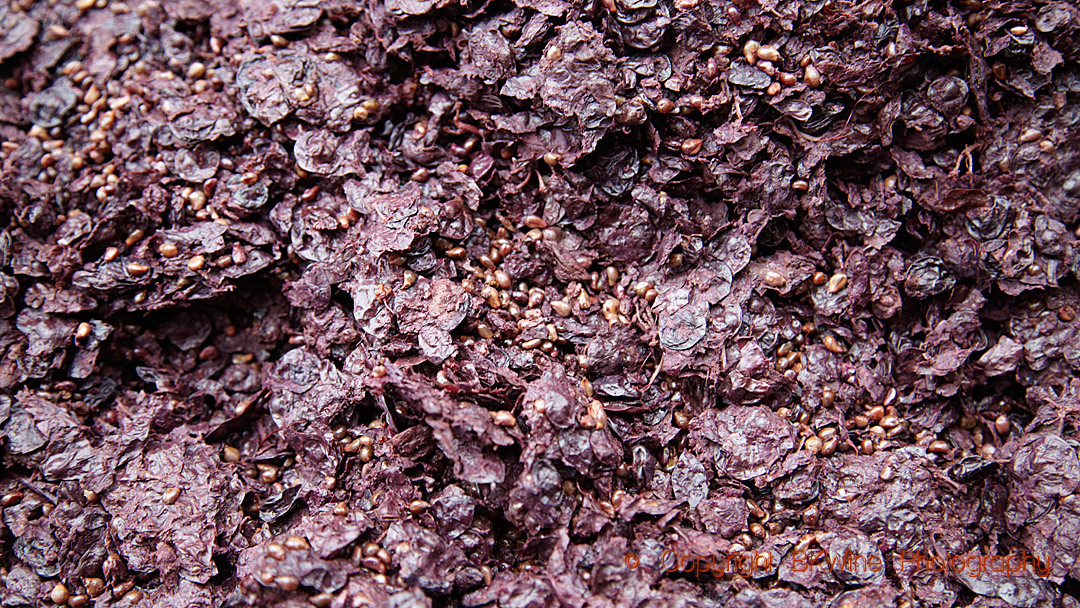
They have two different ways to make rosé wine. The first is called “salasso” (bleeding!). This means that the must is “bled”, some of the juice is removed after a short-ish period of skin contact, sometimes not more than a few hours, depending on what rosé colour one wants. The wine must remains in the tank after the bleeding becomes more concentrated since some liquid has been removed and the must that has been removed (bled) becomes rosé wine.
Another method is to press the grapes directly after the harvest, so called direct pressing. This is the same process as when one makes white wines. The grapes are pressed when they are brought in from the vineyard and the must gets a little bit of colour from the skins.

“Rosé wines are very versatile and also go well with ethnic food” says Marco Sabellico from the Italian wine guide Gambero Rosso.
At the Apulia Wine Identity we tasted some thirty different rosé wines. The quality varies as does the colour. Some are very lightish pink, some are like onion skins, whereas for others one sometimes wonder if they should really be considered as rosés. So deep is the colour.
Masserei 2011 Nardò Rosato DOC is made from 100% negroamaro at the Schola Sarmenti vineyar. It is bright red (lingonberry) with a light nose, good acidity and elegance. (Masserei means in Italian dialect “smells nice”.)
“We kept the must on the grape skins for 24 hours before separating them. Negroamaro needs quite a long time to release all the nice things that are trapped in the skins”, says Alessandro Calabrese, who owns Schola Sarmenti together with Lorenzo Marra.
Feudo San Marzano also makes a rosé wine from 100% negroamaro, called Sud Negroamaro Rosato 2011, Salento IGP. It is a light ruby red, crisp and with a good structure.
Cupertinum is a co-operative that vinifies all its wines in stainless steel tanks. Its major market is Sweden. Spinello dei Falconi 2010 IGT Salento is a rosé they make that goes very well with food, strawberry pink in colour with aromas of ripe fruit and a fresh acidity.
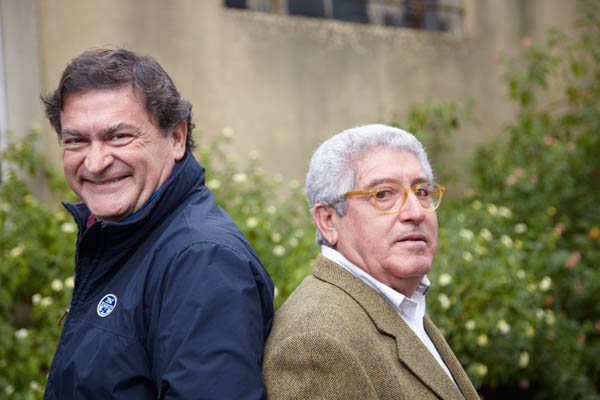
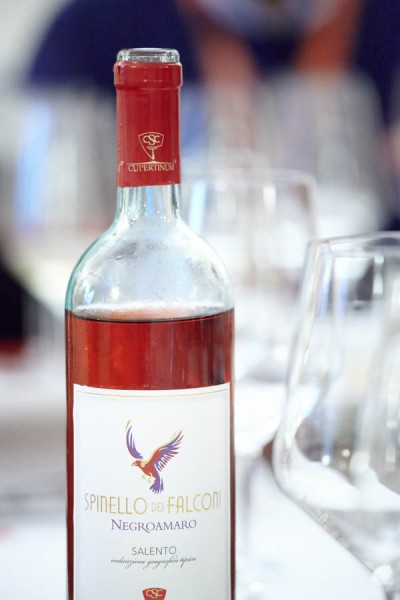
The aim is to have a balance between sugar and polyphenols
Some of the producers are trying to get to grips with the high concentration of sugar and work hard to make more complex wines with a good balance between acidity and alcohol. One example is Castello Monaci who produces stylish, elegant and stringent negroamaro and primitivo wines with alcohol levels at a reasonably 14%.
They have an impressive winery with adjoining chateau not far from the main city Lecce. Andrea Lonardi, who works for the GIV group (Gruppo Italiano Vini) that owns Castello Monaci explains that they irrigate to avoid too high concentrations of sugar. In that way they give the polyphenols enough time to arrive at perfect maturation before harvest.
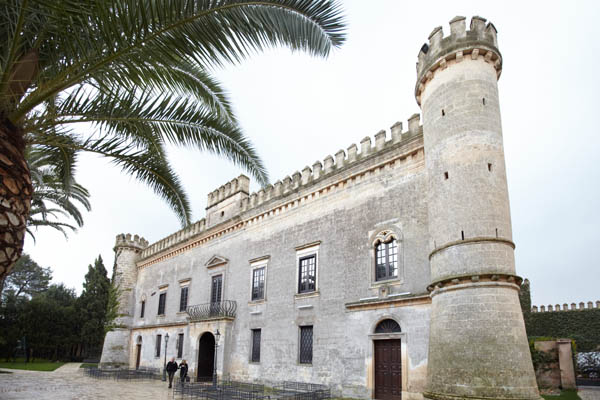
“We irrigate so that the ripeness of the polyphenols will be perfectly balanced by the sugar. This is often a problem that the polyphenols are not perfect when you harvest in a climate as hot has the one we have in Apulia, and you get a wine that is not balanced. If you do nothing to compensate for the heat you get these powerful, jammy wines that we rather avoid”, says Andrea Lonardi.
Much has happened in the last twenty years. More and more producers bottle their own wines, there are investments in technology in the wine cellar and wineries hire professional oenologists. At the tastings we could see that the quality was improving. There is still some margin to improve but things move in the right direction.
Local indigenous grape varieties
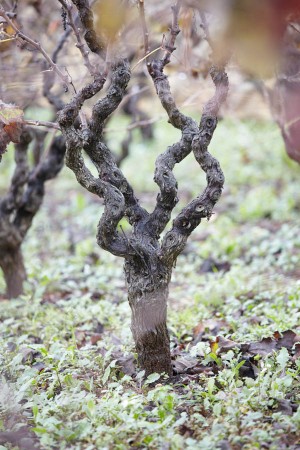
Another trend is the interest in local, traditional grape varieties, varieties that have long been given a back seat behind the more famous names of primitivo and negroamaro.
One such grape is susumaniello. The Masseria Li Veli winery has started to produce some 16,000 bottles of a wine called Askos made from 100% susumaniello. (The owner of Li Veli used to own Avignonesi in Tuscany.) Askos is very fresh and lively with a good structure. In the vineyards they mainly use the traditional pruning method called alberello (gobelet / bush vine). This training style is traditional in southern Italy but disappeared to a large extent in the 60s when the focus was quantity and not quality and using tractors in the vineyard became important. The small, free-standing alberello vines give the grapes good protection from the sun and give a small quantity of grapes, but of high quality. But it requires manual work since tractors can not be used to prune the vines. At Masseria Li Veli they also plant the vines a hexagon pattern in the vineyards.
“By planting the vines in a hexagonal pattern instead of in simple rows the wine easier reaches the vines also in the middle of the vineyard. Even if it is quite costly to plant the vines like this we think it is an advantage. We are lucky to have water in the ground that the roots can reach during the hot summer months. The wine can reach all the plants and together with the water supply it means we can avoid the stress that the vines are usually subject to in our hot climate”, explains Giovanni Dimitria, responsible for the operations at Masseria Li Veli.
White wines and a mysterious grape
Even if white wines are not the first thing one thinks of in Apulia there are some. In addition to the ever-present international grape varieties like sauvignon blanc, pinot bianco and chardonnay there are also some local white grapes.
Verdeca is the most planted white grape variety. It gives light, fresh white wines that are actually very nice to the local food. Years back they were also destined to be transported north on the wine railroad to supply the vermouth industry.
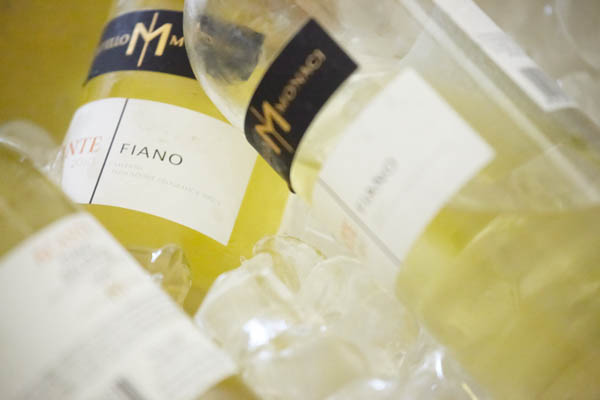
Another white grape variety is fiano minutolo that inevitably at first makes you think of the fiano grape that are widely planted in Campania further north but also in other pasts of southern Italy. But when you smell the wine you start wondering.”But this smells like moscato”, is the first reaction many have. Some research has been done, especially by Lino Carparelli who has concluded that fiano minutolo probably is a relative to the greco aromatica grape. So not really with fiano di avellino in Campania.
Tenute Chiaromonte makes a wine, Kimía 2010 IGT Puglia from 100% fiano minutolo that has not more than 12% alcohol. It is a very attractive wine with intense aromas of roses and flowers, just like moscato, a bit short on the palate but on the whole a very positive acquaintance.
Masseria Li Veli also makes a wine on the grape varieties verdeca and fiano minutolo called Askos Verdeca 2011 Valle d’Itria IGT. It is a very pleasant wine that brings together the aromatic character from fiano minutolo with the more quite work horse verdeca. An excellent combination in this case.
There are many things to discover in the Apulian wine landscape and we can expect much new evolution in the coming years. There is certainly still some room for improvement even if the general quality already is high.
The producers we met at the Apulia Wine Identity days were very keen on continuing the work, thinking forward and keep on improving the quality. Apulia should be not only a Paradise, a Mecca, for the hedonist but also for the wine lover.
[box type=”info”]If you are interested in Italian wine and food, and want to discover some of the best that Italy has to offer, then you can come on a wine and food tour organised by BKWine to Italy.[/box]
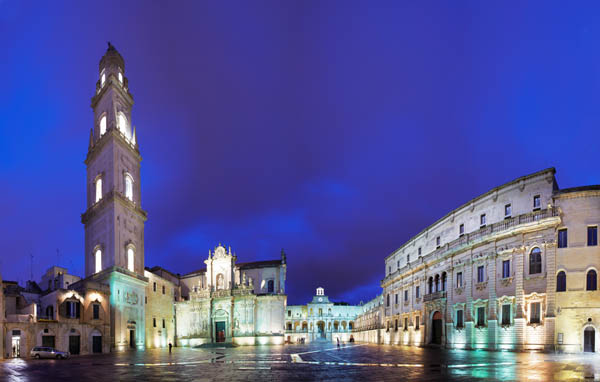
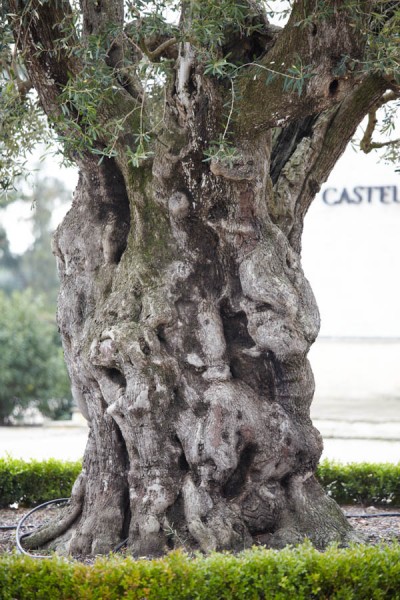



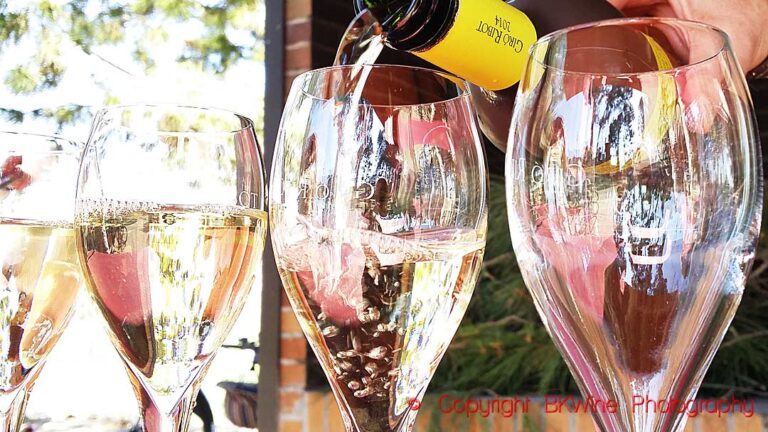
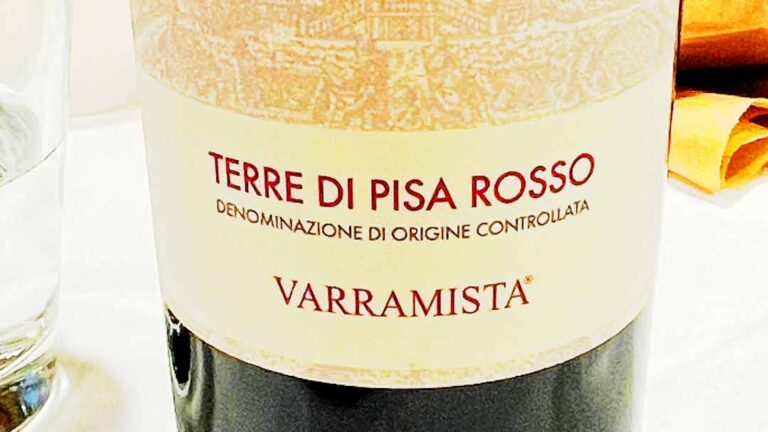
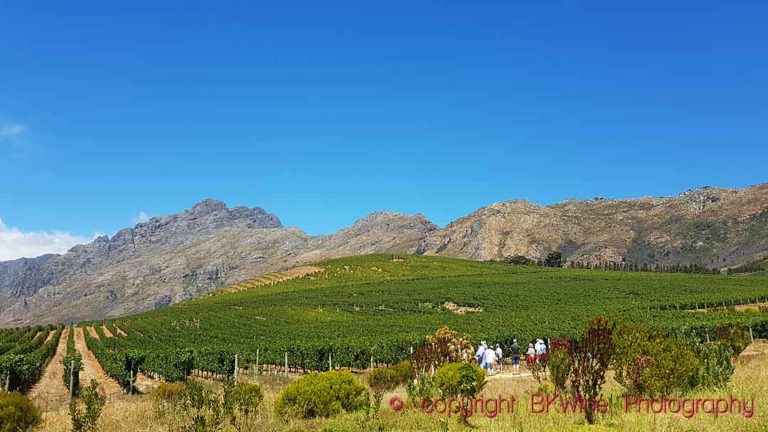




2 Responses
Hello,
great article! I’m very glad you enjoyed the wines from Puglia, especially its rosati.
I’m a great fan of pink wines from Puglia, I also wrote an article with 5 wines that I loved this summer:
https://wineandotherstories.com/five-rose-from-puglia-that-you-should-try/
They are all from Negroamaro, a grape which has a particular affinity with rose. Have you tried any of them?